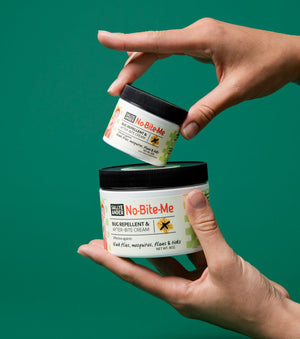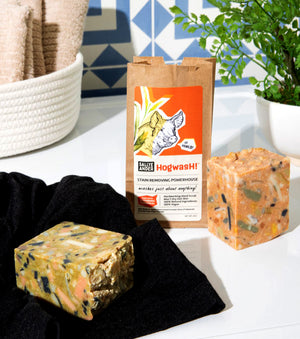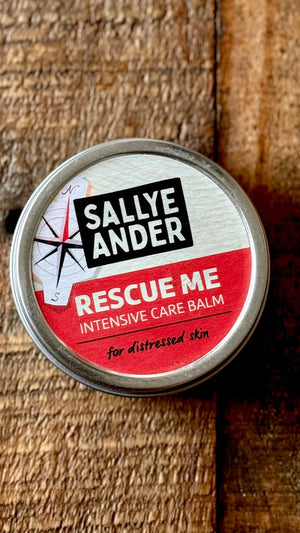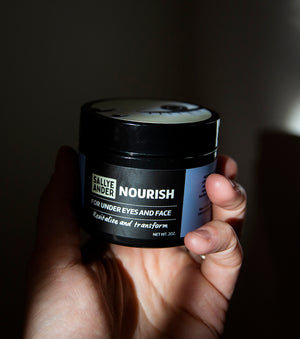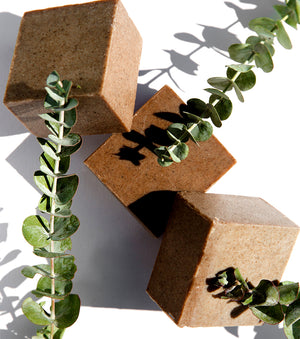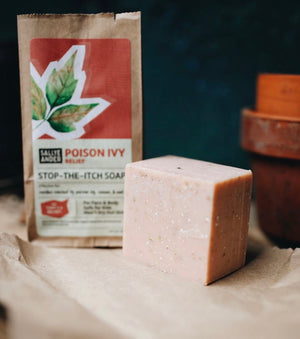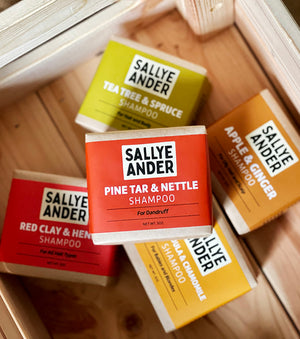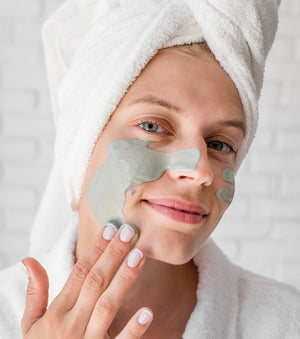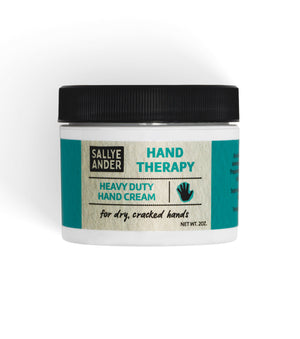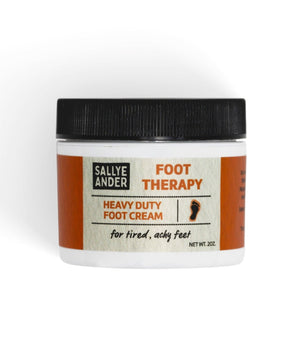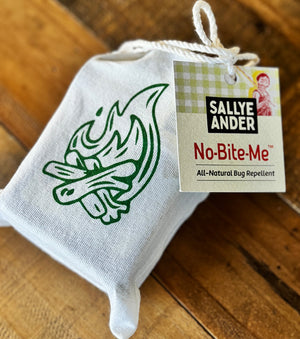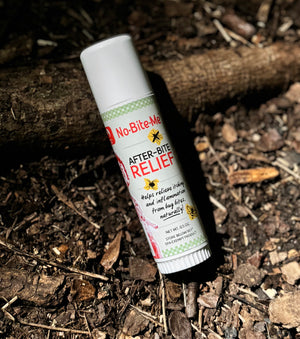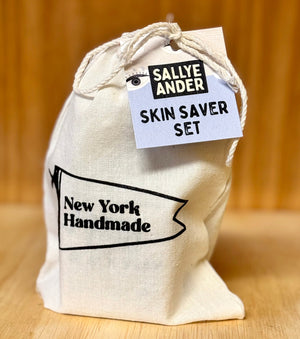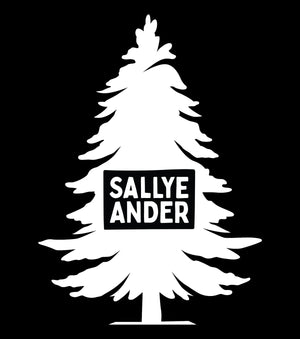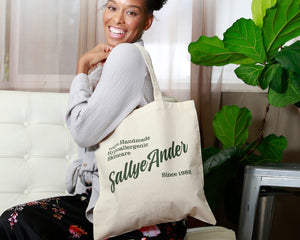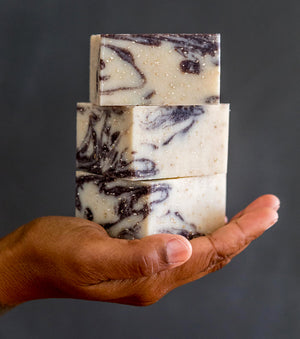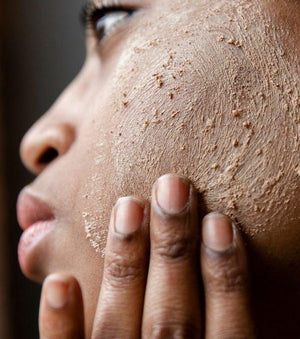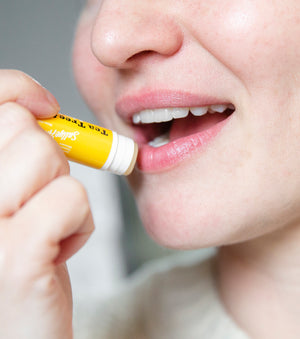How do soaps get their bubbles? Do big bubbles mean better soap? These are two questions that many have wondered about. You’ve probably seen commercials where bars of soap produce luxurious bubbles and wondered why our all-natural soaps don’t. In this post, we’ll explain the secret behind our soft bubbles and why big bubbles don’t mean better soaps.

Big Soap and Big Bubbles
Manufacturers of soap love to tout their big bubbles. The more bubbles, the better, right? Big soap sure has worked hard to convince us of this. But how are soap bubbles made in the first place? Unfortunately, the secret behind those lux bubbles isn’t so squeaky clean.
Manufacturers of soaps use artificial or synthetic surfactants to create their bubbles. What is a surfactant? It’s short for ‘surface active agent’. Essentially, their role is to cause water molecules to separate and bond with soap to create lather. What’s the problem with artificial surfactants?
On the environmental front, some synthetic surfactants break down slowly and can cause harm to sea life. One common surfactant is ammonium lauryl sulfate or ALS. ALS is known to irritate skin and strip it of its necessary protective oils and make it vulnerable to drying and irritation. This is especially so for those with eczema or other sensitive skin conditions.


